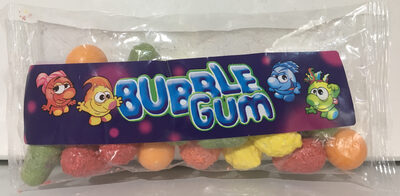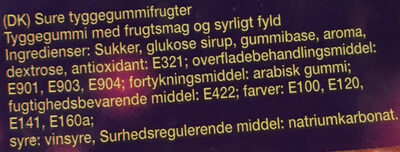Bubble Gum - Asba - 150 g
This product page is not complete. You can help to complete it by editing it and adding more data from the photos we have, or by taking more photos using the app for Android or iPhone/iPad. Thank you!
×
Streckkod: 4014499006258 (EAN / EAN-13)
Kvantitet: 150 g
Förpackning: Plast
Varumärken: Asba
Kategorier: Snacks, Söta snacks, Konfekt, Godis, en:Chewing gum, en:Chewing gum with sugar
Tillverknings eller bearbetningsplats: EU
Butiker: Mango Supermarked
Länder där såld: Sverige






